By harnessing quantum dots and inventive protocols, researchers have cracked a decades-old challenge in quantum encryption, showing secure communication can work without perfect hardware.


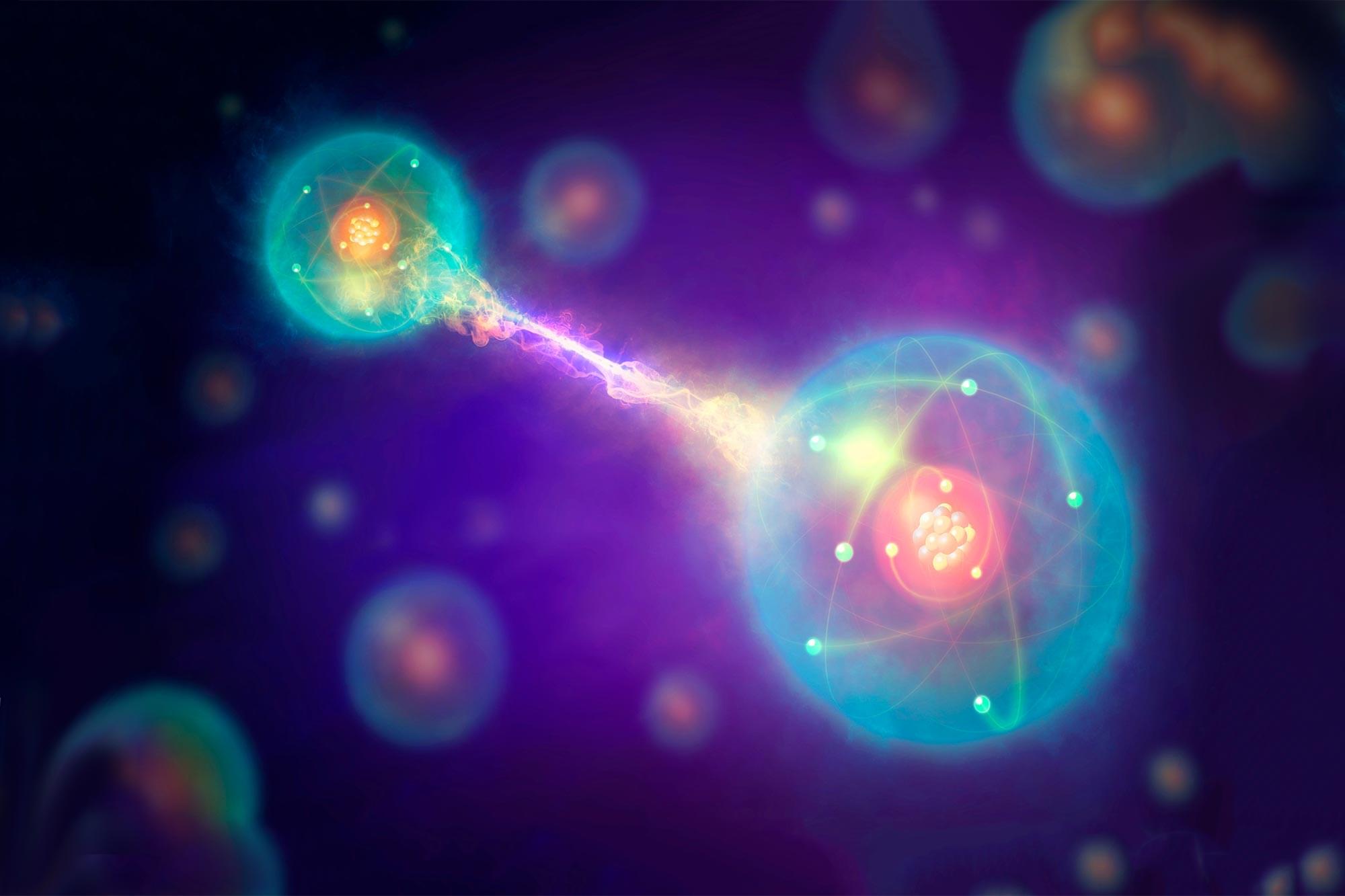
A group of theoretical physicists has shown that quantum entanglement obeys universal principles in every dimension by applying thermal effective theory. Their findings were recently published in the journal Physical Review Letters, where the paper was selected as an Editors’ Suggestion.
“This study is the first example of applying thermal effective theory to quantum information. The results of this study demonstrate the usefulness of this approach, and we hope to further develop this approach to gain a deeper understanding of quantum entanglement structures,” said lead author and Kyushu University Institute for Advanced Study Associate Professor Yuya Kusuki.
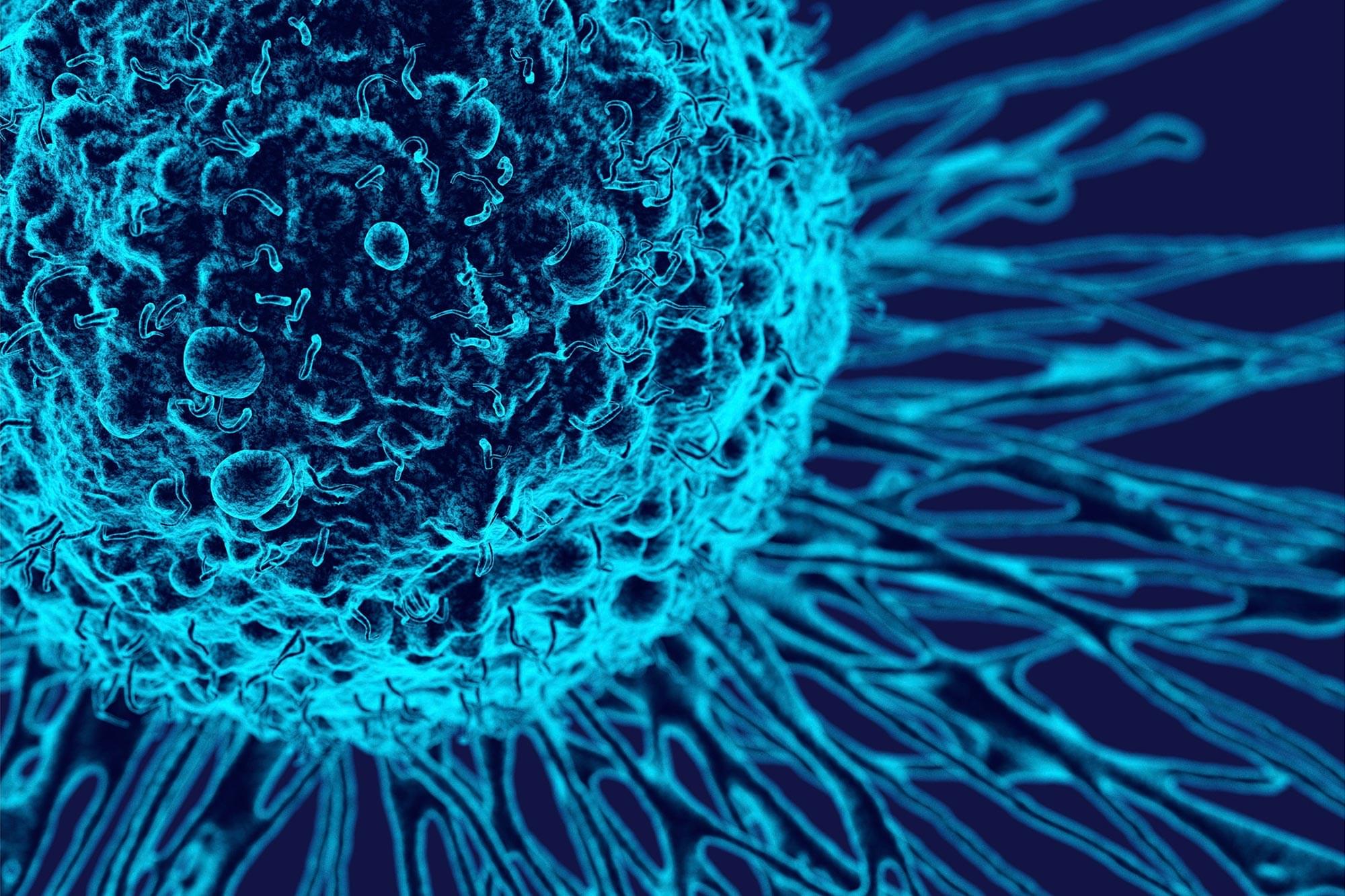
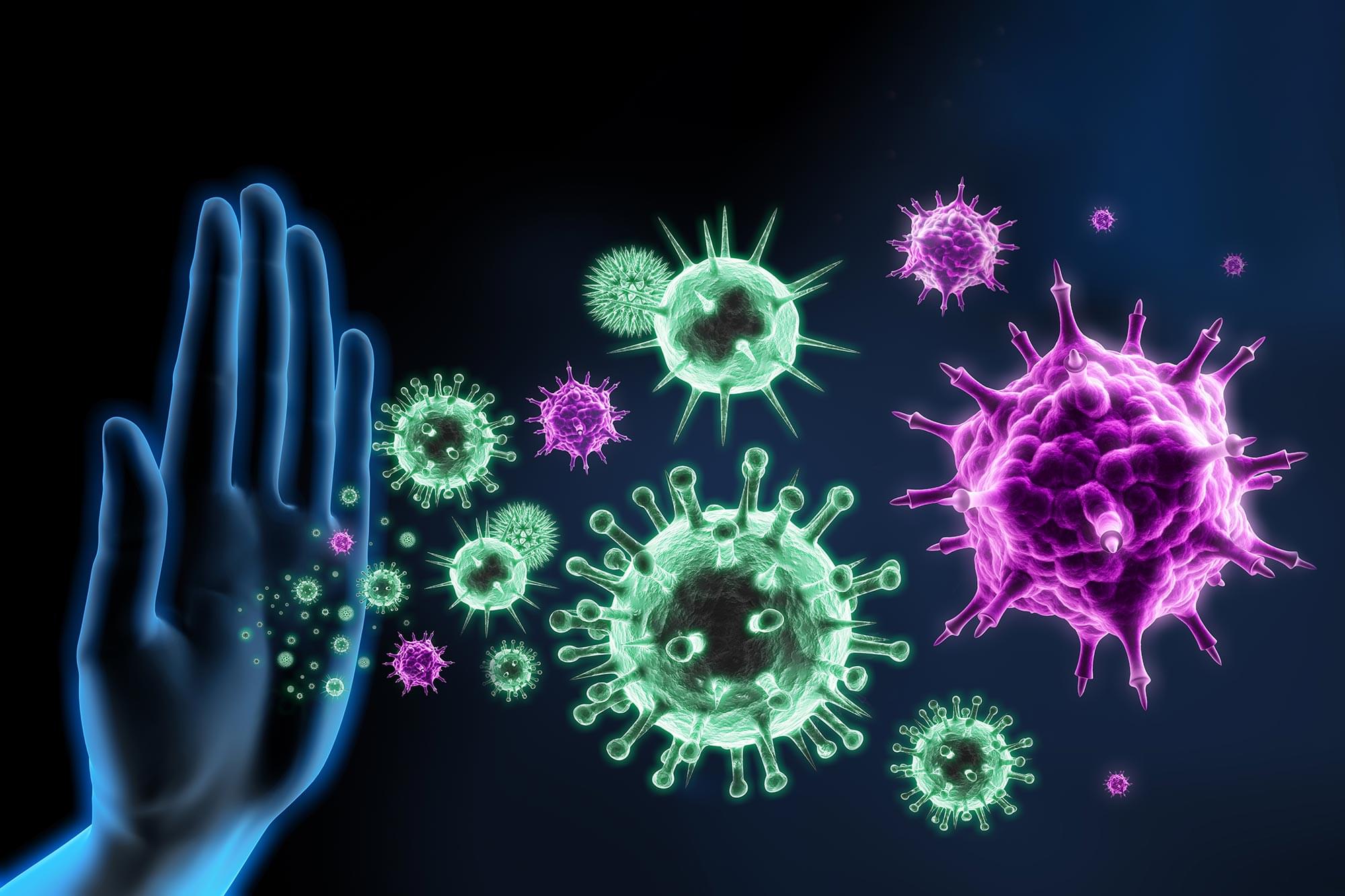

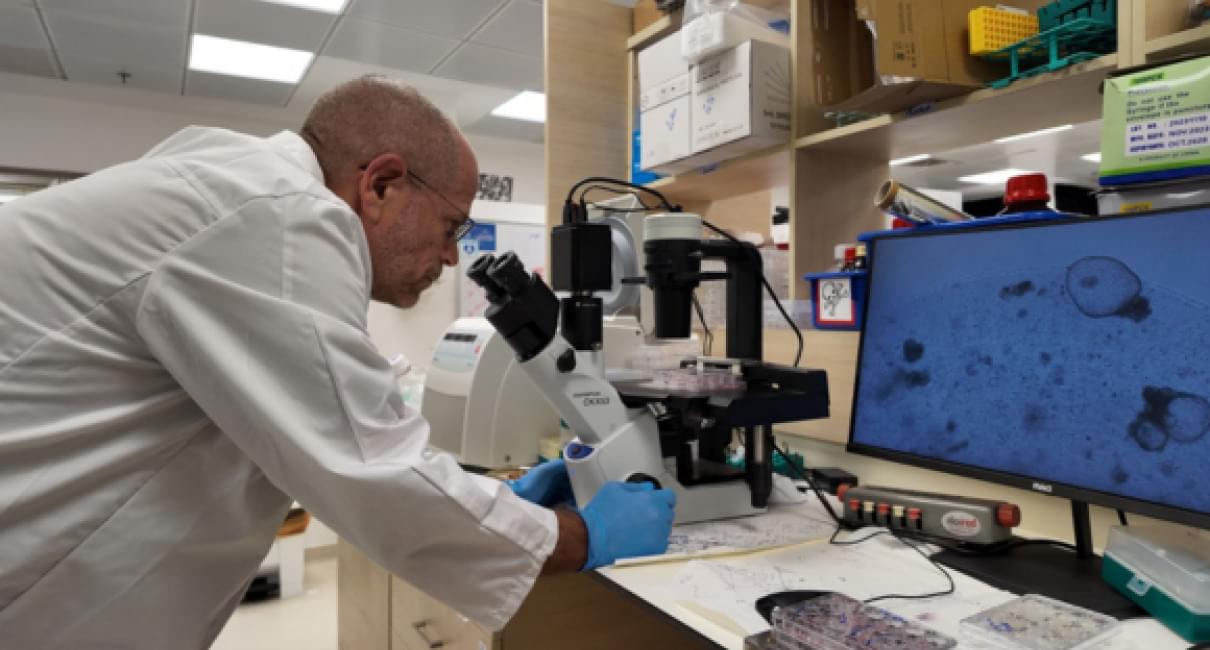

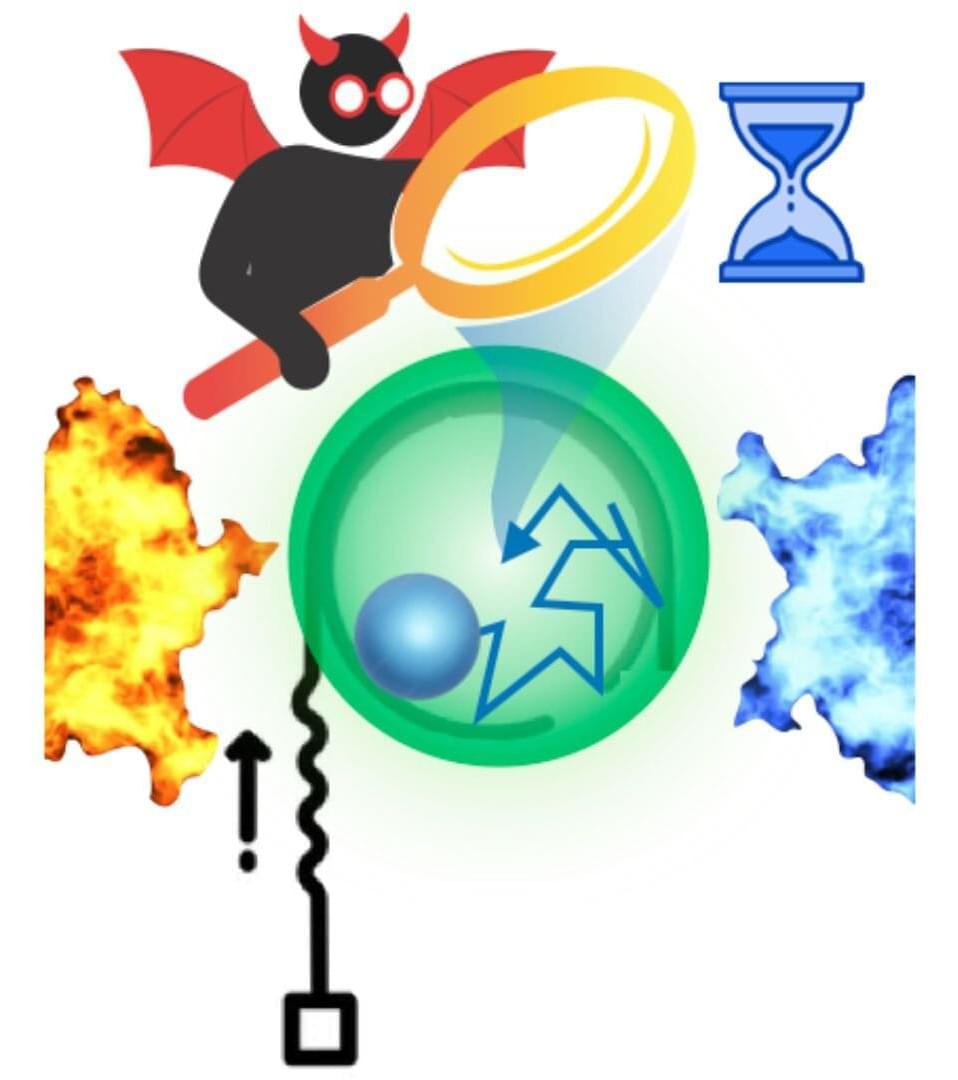
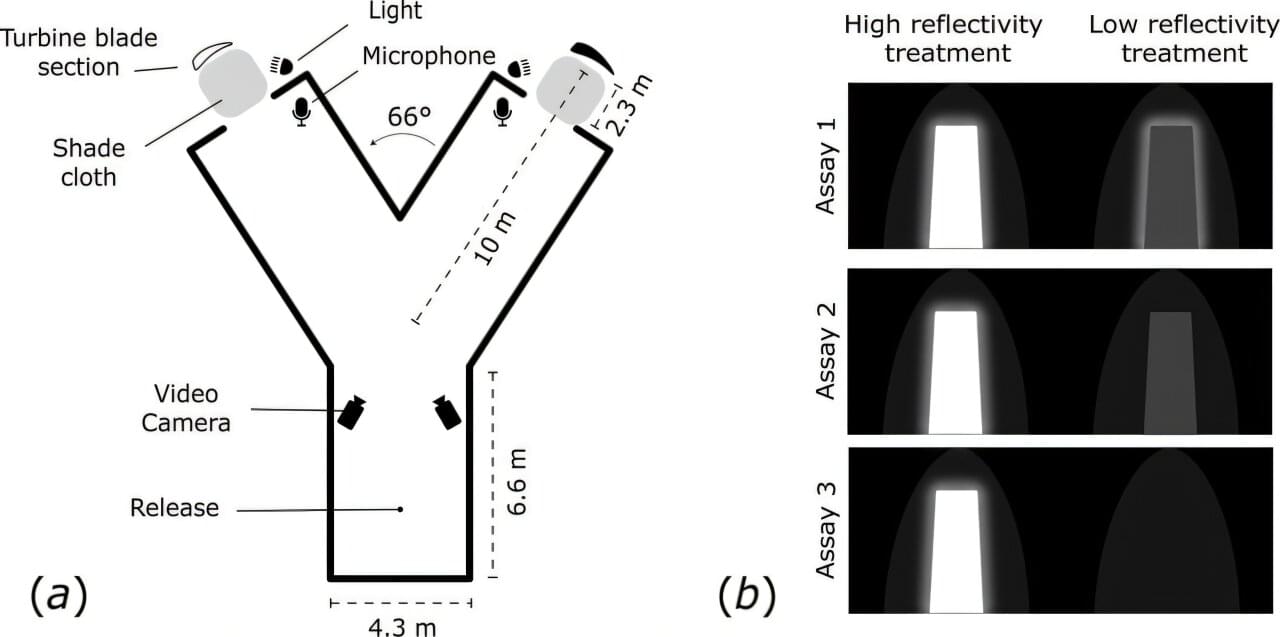
Every year, hundreds of thousands of bats are killed by flying into the giant blades of wind turbines. It is one of the leading causes of bat mortality in North America and Europe, according to Bat Conservation International. However, the reasons for these fatal collisions are largely unknown. One possibility examined by a new study published in Biology Letters is that they may be attracted by light reflected off the blades, much like when moths make a beeline for a flame.
This idea is based on how bats navigate. The flying mammals use the open sky to help them find their way while flying. Kristin Jonasson, an independent physiological ecologist, believes that at dawn and dusk, the giant turbines may reflect just enough light to appear as a clear opening in the sky. This could trick the bats into flying directly toward the spinning blades.
To test this hypothesis, Jonasson and colleagues at the University of Colorado Colorado Springs, National Renewable Energy Laboratory and the U.S. Forestry Service flew 242 hoary bats (Lasiurus cinereus) and 154 silver-haired bats (Lasionycteris noctivagans) through a dark Y-shaped maze with two different exit options.
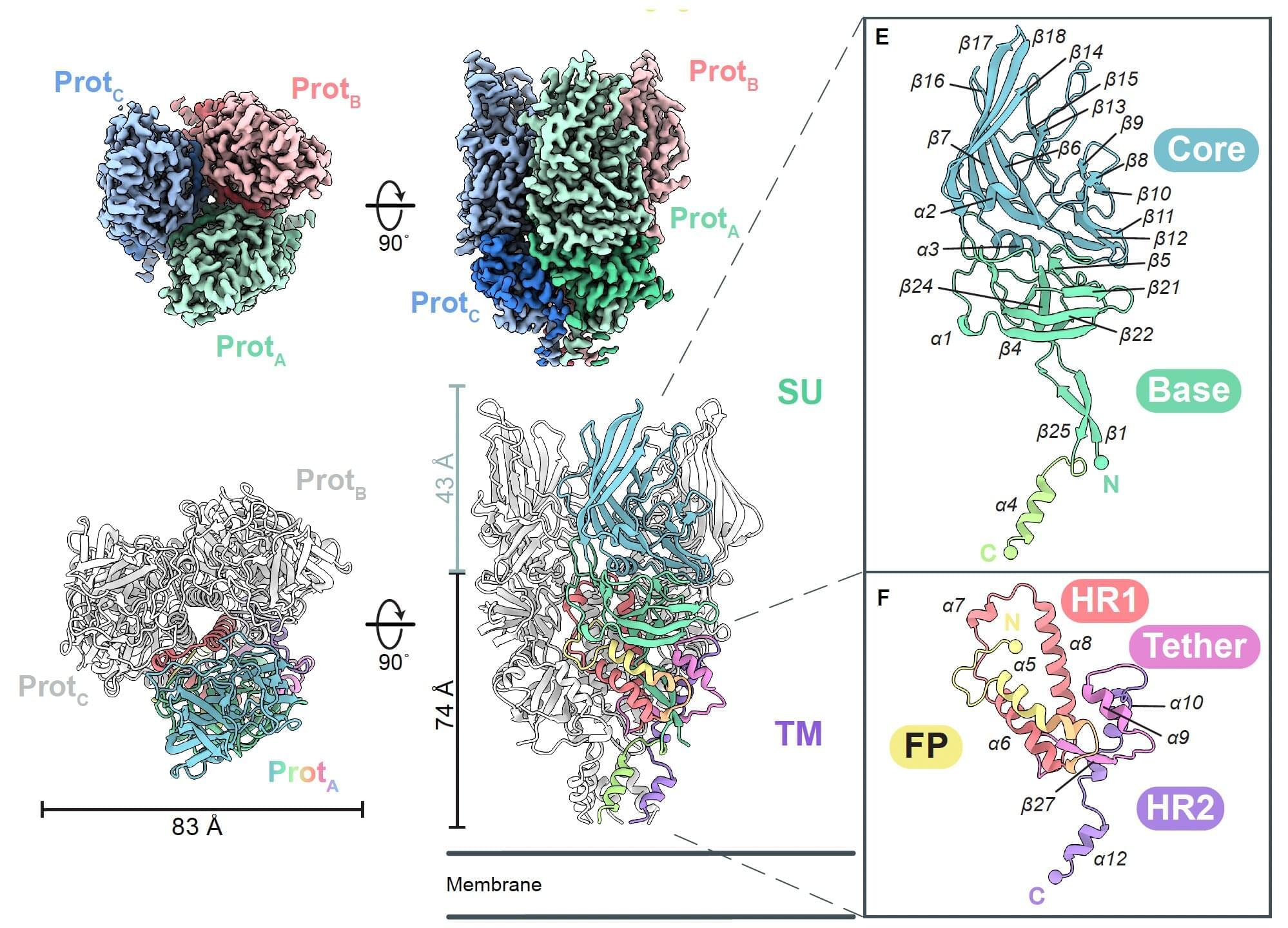
You are mostly but not entirely human. If we crunch the numbers, 8% of your genome actually comes from viruses that got stranded there. This viral detritus is a souvenir from our evolutionary past, a reminder that viruses have been with us from the very beginning.
Usually, this 8% of your DNA—the viral bits—are kept silent. Scientists call it part of the “dark matter” in your genome.
Now scientists at La Jolla Institute for Immunology (LJI) have published a first look at a key viral protein. In a study published in Science Advances, LJI researchers revealed the first three-dimensional structure of a protein from one of these ancient “human endogenous retroviruses (HERVs).”